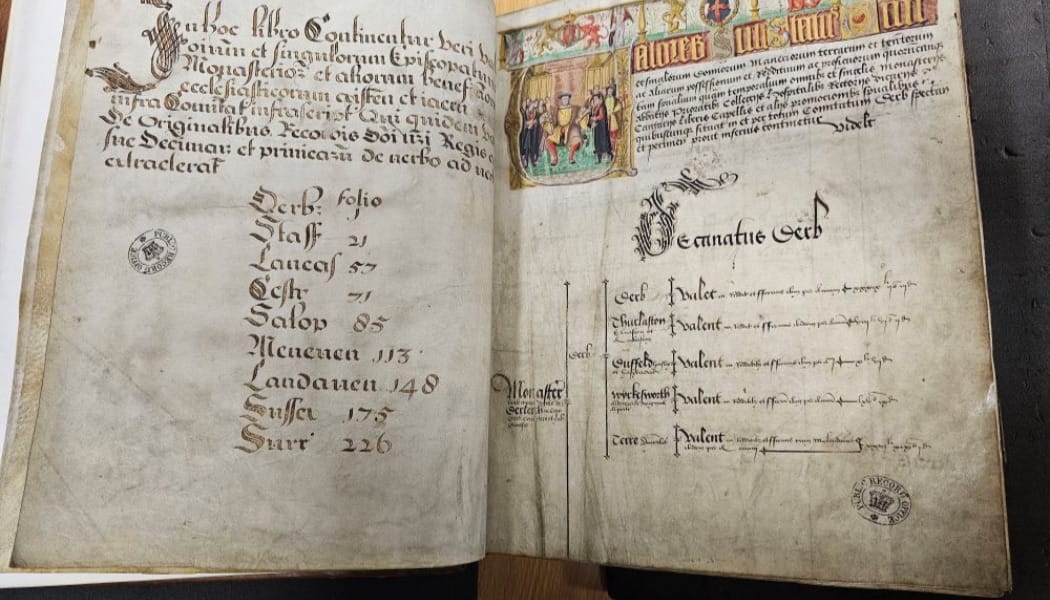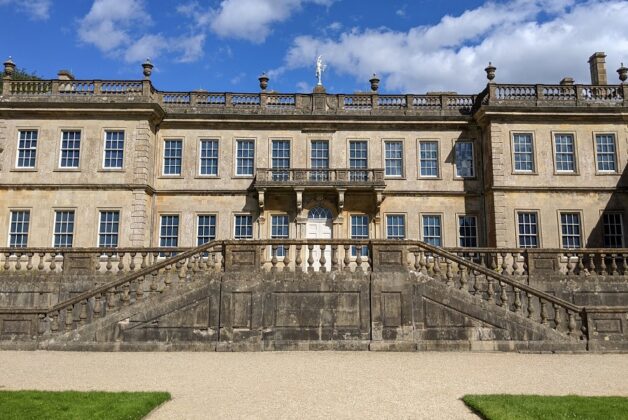Alistair Hardaker
Image: Tudor Domesday Book (The National Archives)
Multi-sector partnership secures AHRC funding to digitise Valor Ecclesiasticus survey for free public access by 2028.
A partnership between universities, national institutions and community groups has secured almost £1.5 million from UK Research & Innovation’s Arts and Humanities Research Council (AHRC) to digitise Henry VIII’s nationwide survey of church property and wealth.
The interdisciplinary team brings together the Universities of Exeter, Nottingham and Reading with The National Archives, the National Trust, the British Association for Local History and community groups across the South, Midlands and North of England. The University of Exeter is leading the three-year project, titled Rediscovering the Tudor Domesday.
The collaboration will make the Valor Ecclesiasticus, commissioned by Henry VIII during his Break with Rome, publicly accessible for the first time through a free website. The National Archives will develop programmes for schools and regional archives to use the survey data in teaching and researching Tudor local history, whilst the National Trust and heritage groups will use the project to enhance interpretation at Tudor heritage sites.
Professor James Clark of the University of Exeter, project lead, said ‘Valor Ecclesiasticus’ was “second only to Domesday Book as a three-dimensional snapshot of the realm, even surpassing it in the impression it gives of England’s landscape and the lives and occupations of local society”.
“The value of this remarkable survey has been locked away for centuries. By bringing together this large, interdisciplinary team from across the country, we can ensure every detail is mapped for each county, city, town, village and area of countryside.”
The Valor Ecclesiasticus documented 8,000 parish churches, 650 monasteries, 22 cathedrals and numerous chapels, chantries, colleges, schools, hospitals and poor houses. It recorded buildings, grounds, farmland and property investments, along with names of people who lived and worked at these institutions, including children, elderly and sick who depended on them for welfare.
Early drafts of the records have recently been discovered in private libraries. Combined with official copies held in the National Archives, researchers can now trace each step of the surveyors across Tudor England.
The team will share insights with UK government departments working on policy development related to historic wealth distribution, work patterns and social welfare provision.





